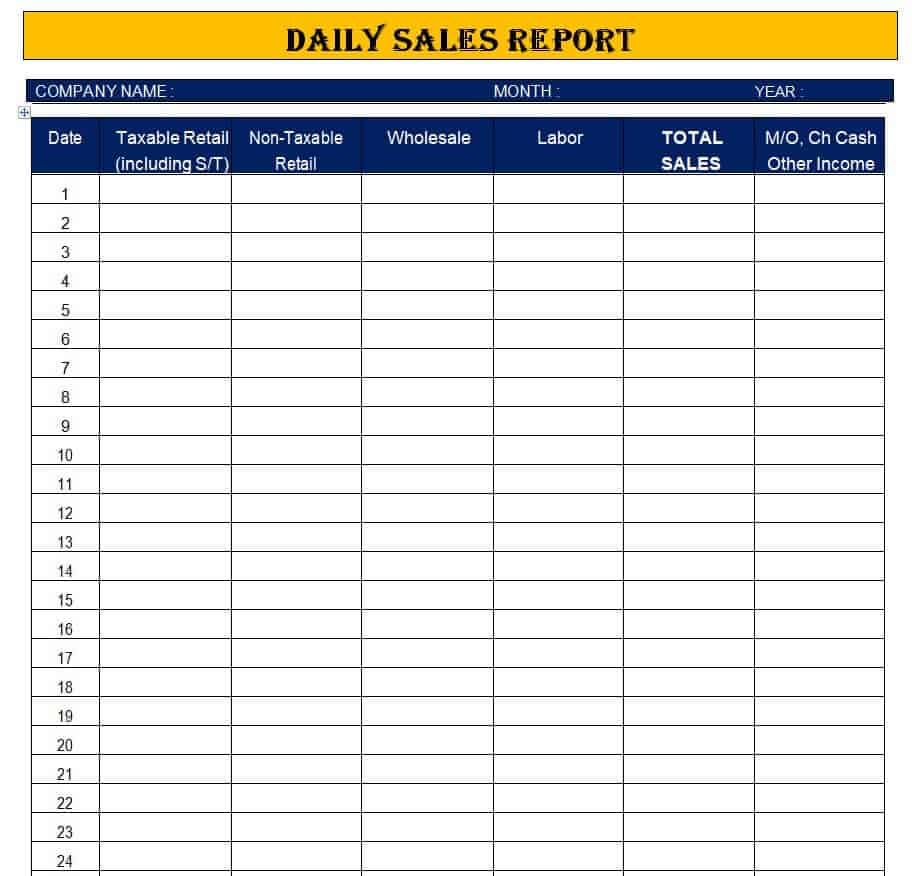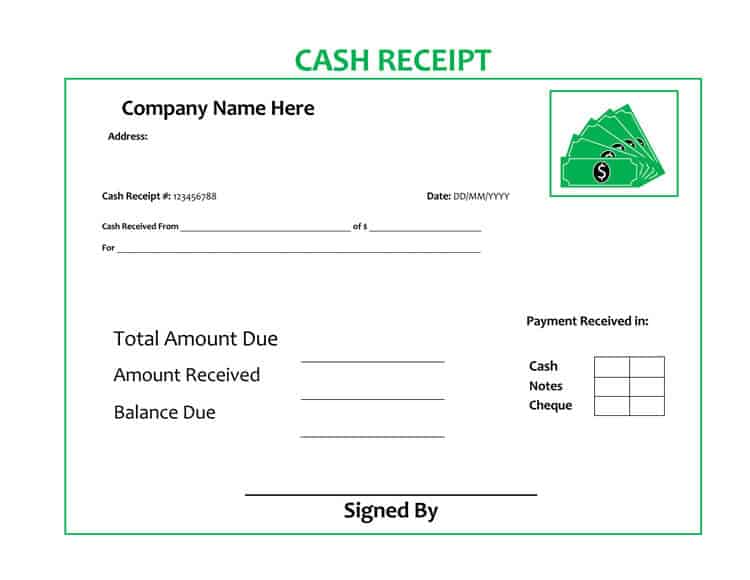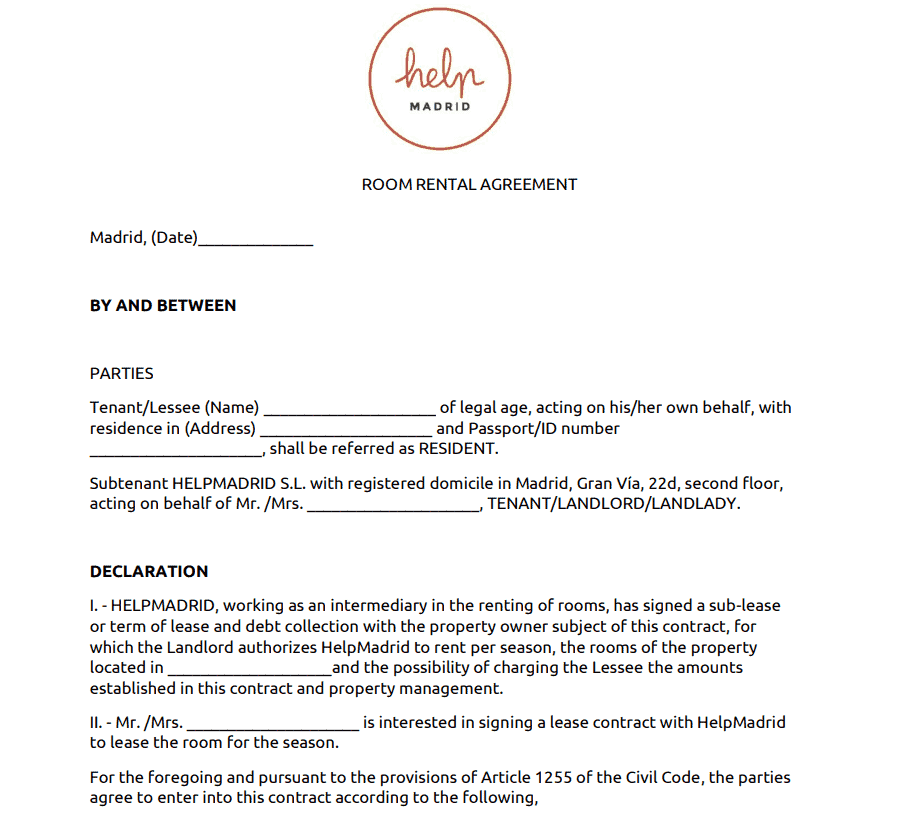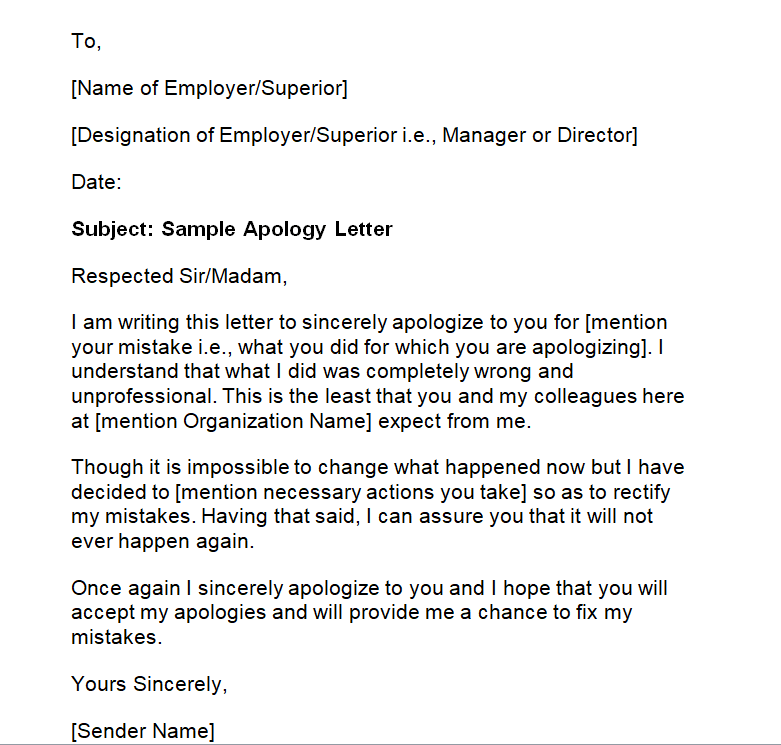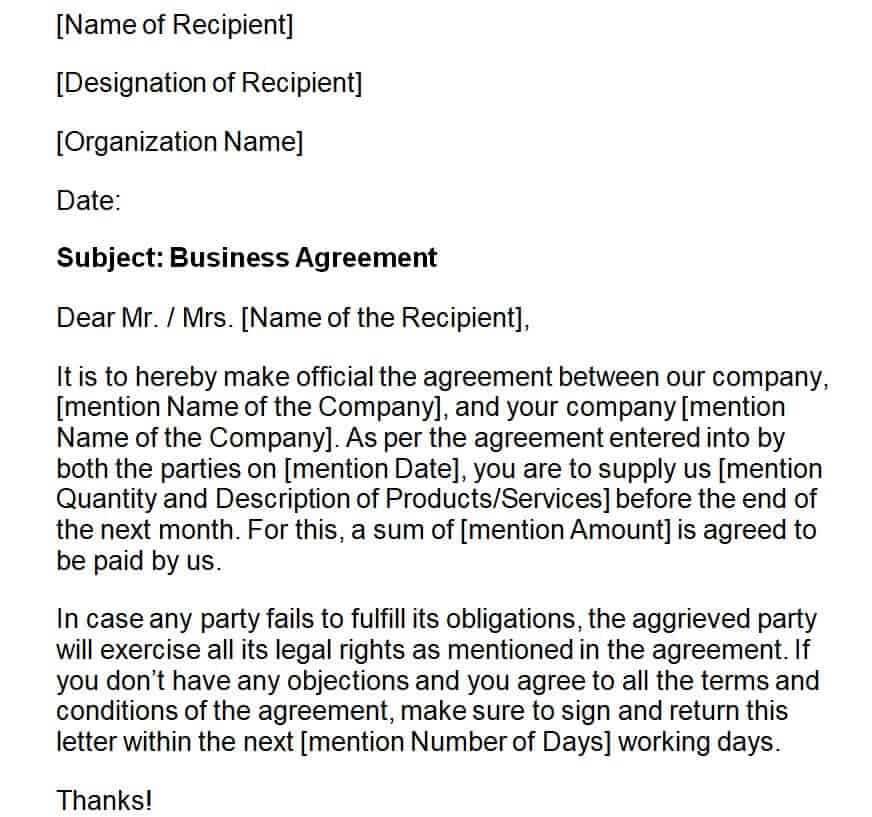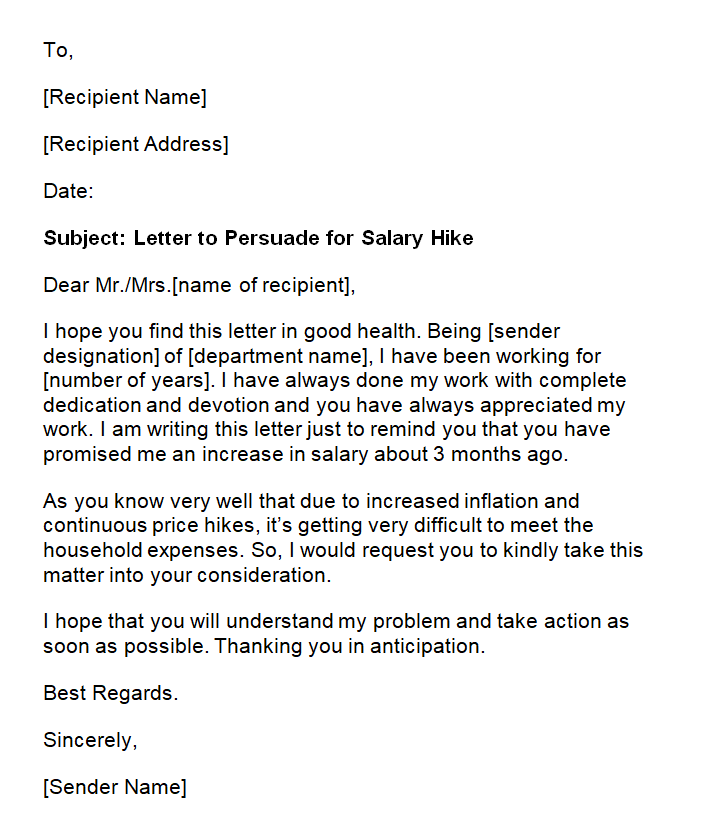In businesses, the management has to make many decisions every now and then. Some decisions are just simple but some of them require proper planning and brainstorming. In such cases, only a pro & cons list is not enough. Instead, businesses use a technique called SWOT analysis, for some major decisions. In this article, we have provided 15 practical and useful SWOT Analysis Templates in the Microsoft Word program. But first of all, let’s know what a SWOT analysis actually is.
What is a SWOT Analysis?
SWOT analysis is a method or technique that businesses use to highlight or collect information about certain external as well as internal factors that can have a major impact on a decision. SWOT is the acronym for Strengths, Weaknesses, Opportunities, and Threats. These are the factors that can help the management to make important strategic decisions that will ultimately result in the overall development and growth of a business.
You must be wondering why and when businesses use SWOT analysis. To put it simply, a SWOT analysis or SWOT analysis template is used when the business wants to enter a new market or wants to launch a new product in the existing market. For that purpose, a detailed market and competitor analysis is required and SWOT analysis can be a perfect tool to achieve this task.
However, in order to make effective decisions and to be more competitive, it is very important that accurate and complete data or information must be used while conducting a SWOT analysis. Check out the given below helpful SWOT analysis templates that are available in editable format. Choose a template of your choice, download it, edit its contents and you are good to use it as per your requirements.
SWOT Analysis Templates WORD are Here:
Example SWOT Analysis Template
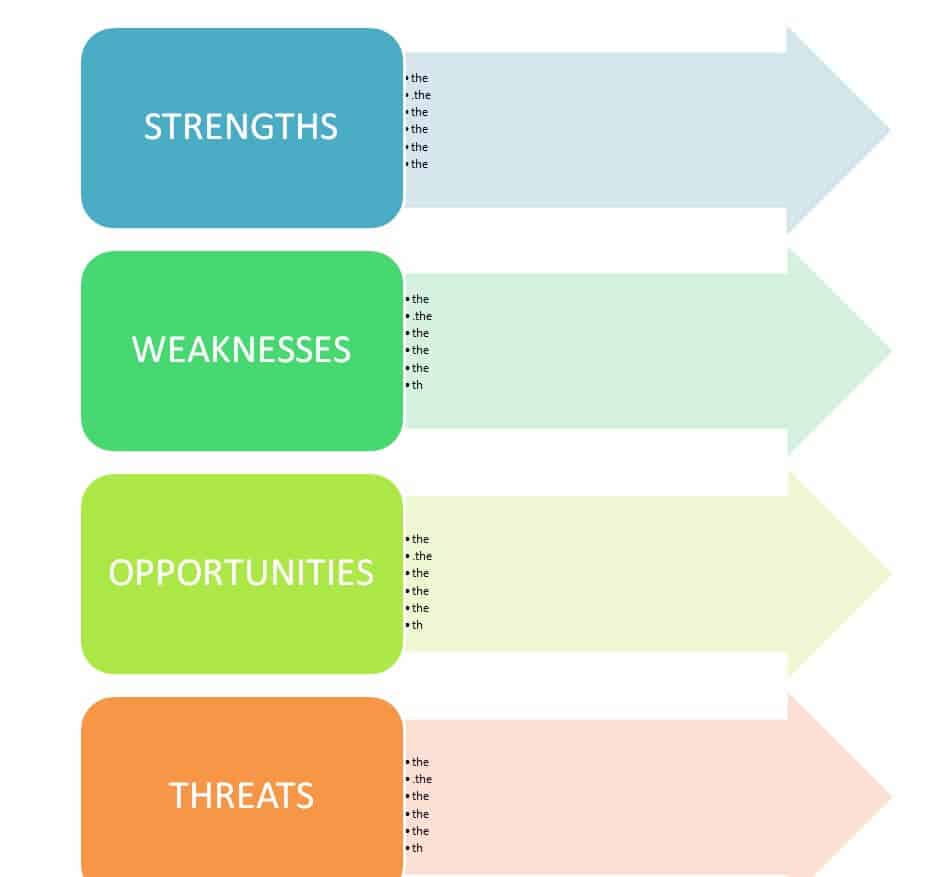
File Size: 25 KB
Professional SWOT Analysis Template
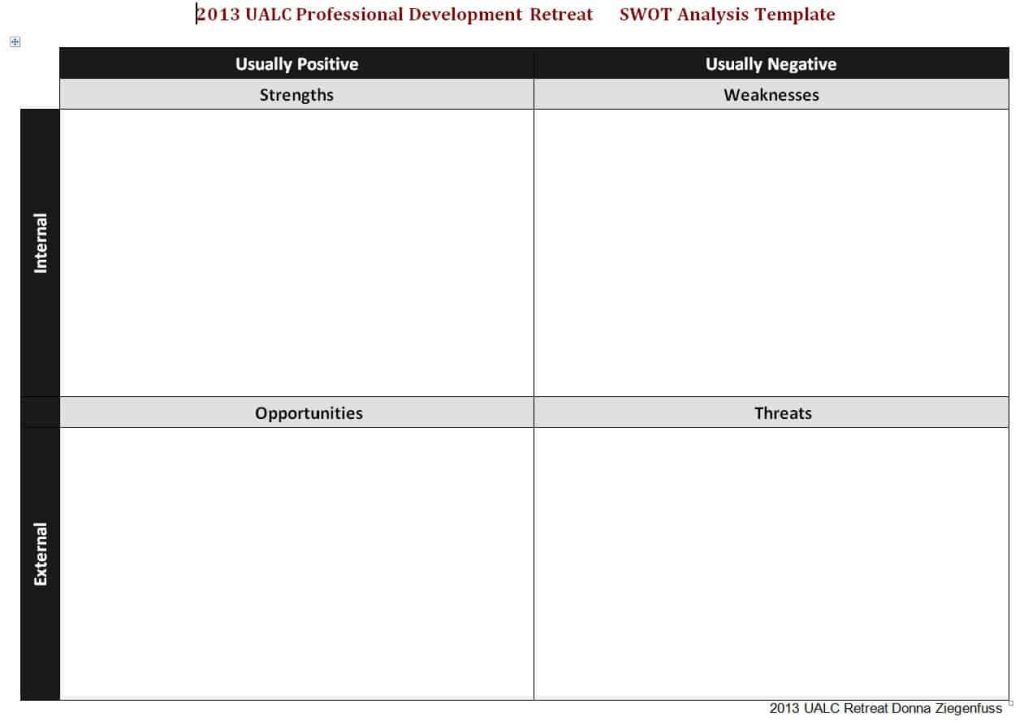
File Size: 12 KB
Personal SWOT Analysis Template
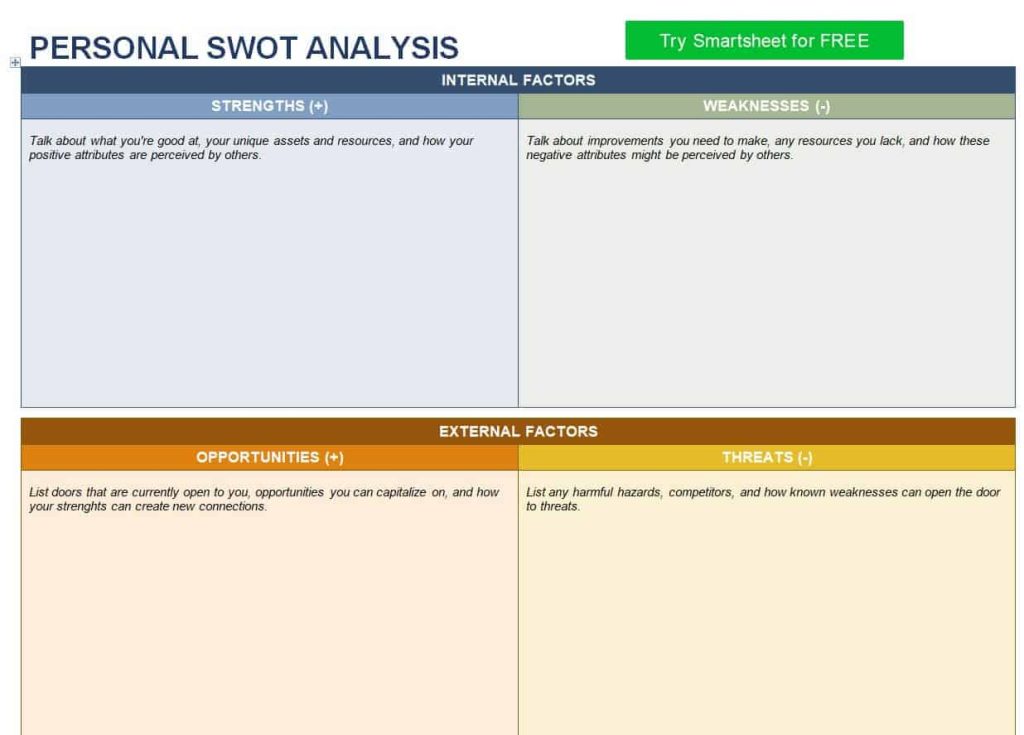
File Size: 18 KB
Business SWOT Analysis Template
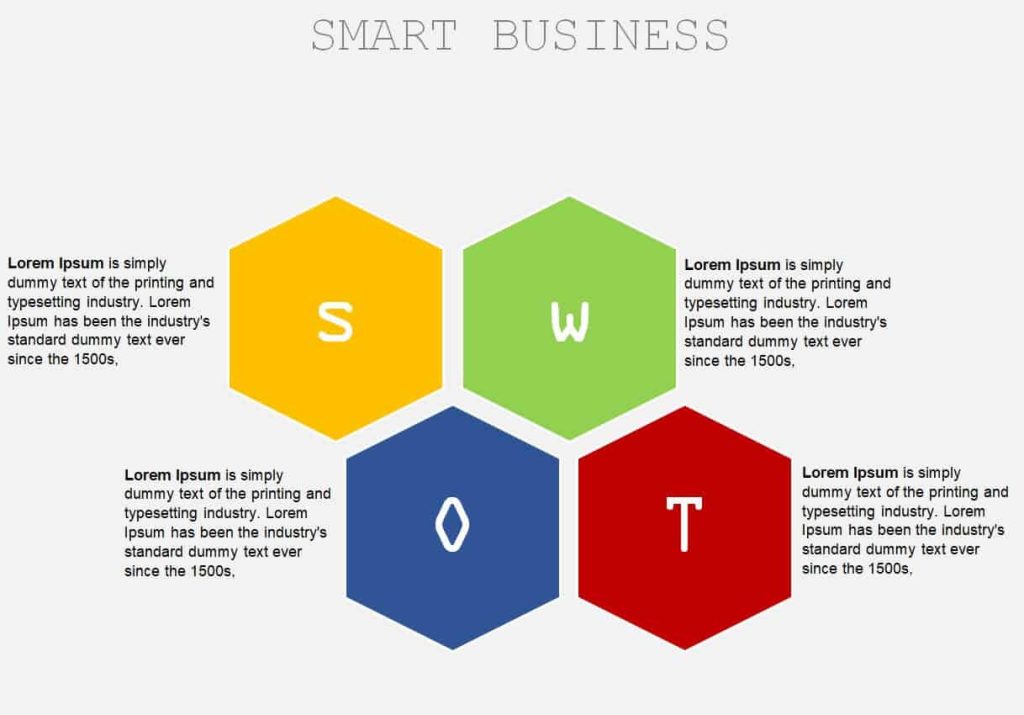
File Size: 27 KB
Sample SWOT Analysis Template
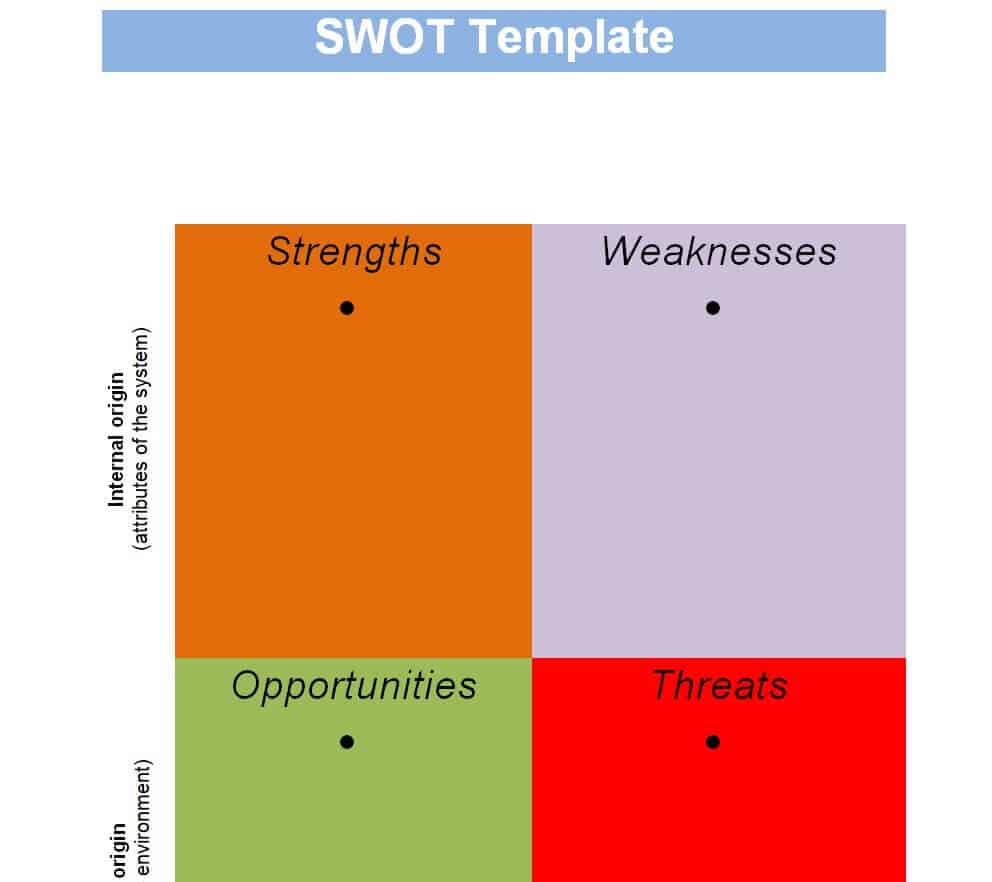
File Size: 16 KB
Detailed SWOT Analysis Template

File Size: 54 KB
Simple SWOT Analysis Template
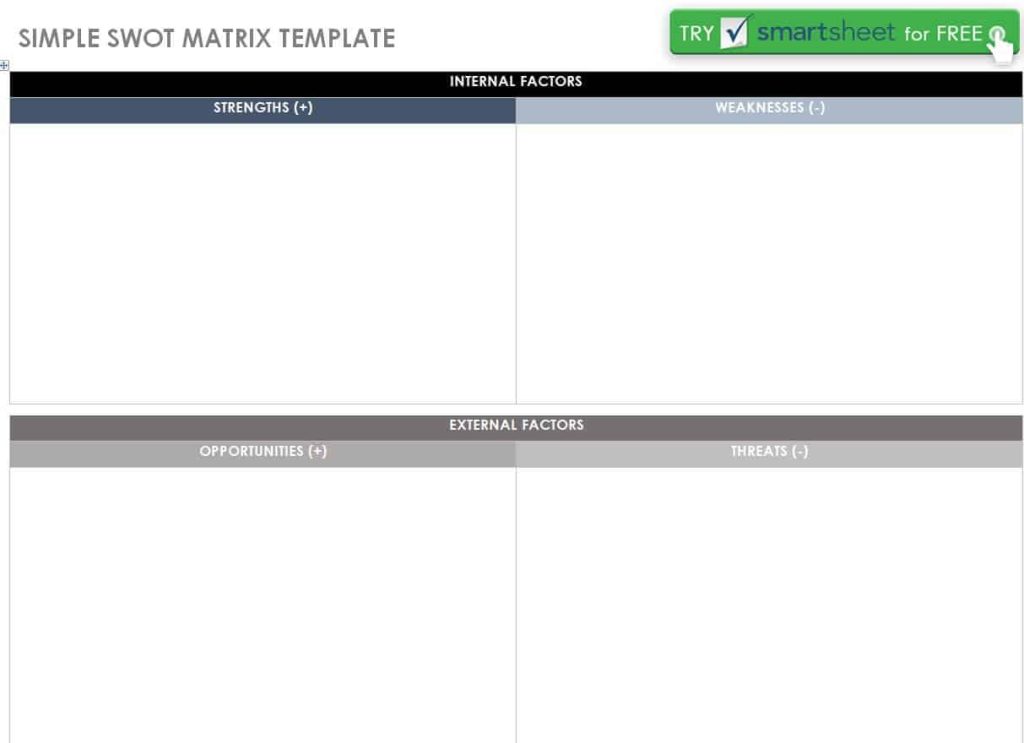
File Size: 36 KB
Pratical SWOT Analysis Template WORD
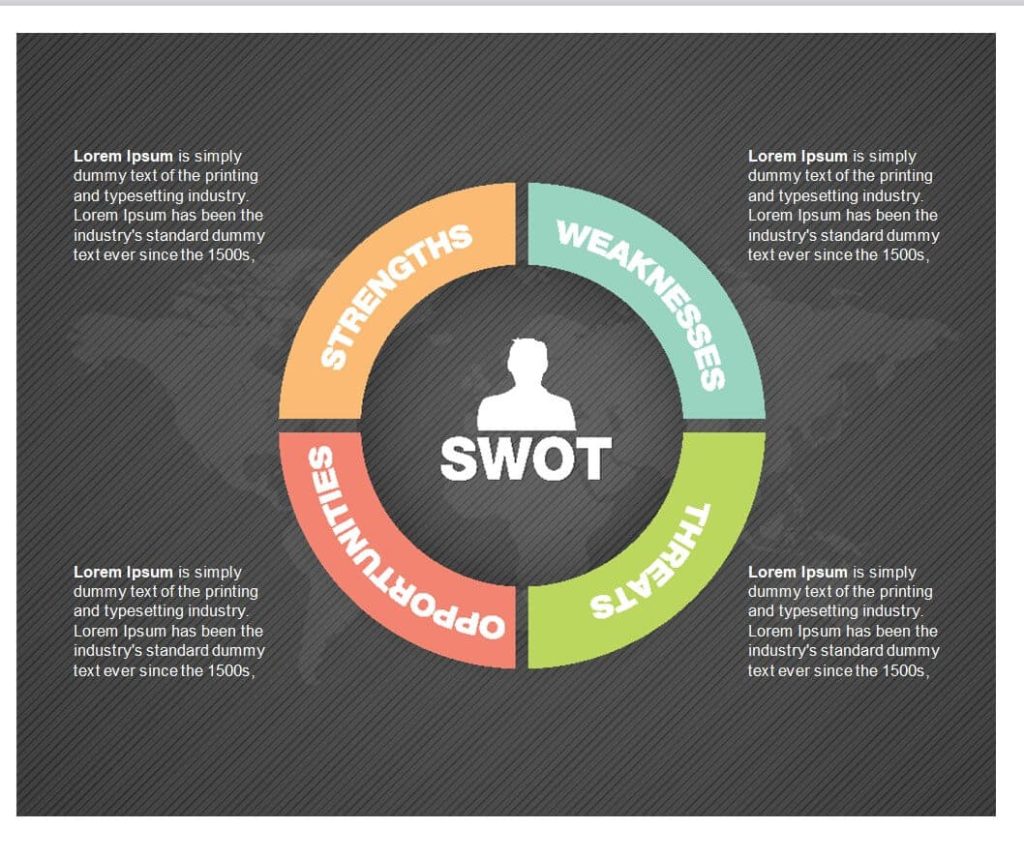
File Size: 133 KB
Free Editable SWOT Analysis Template
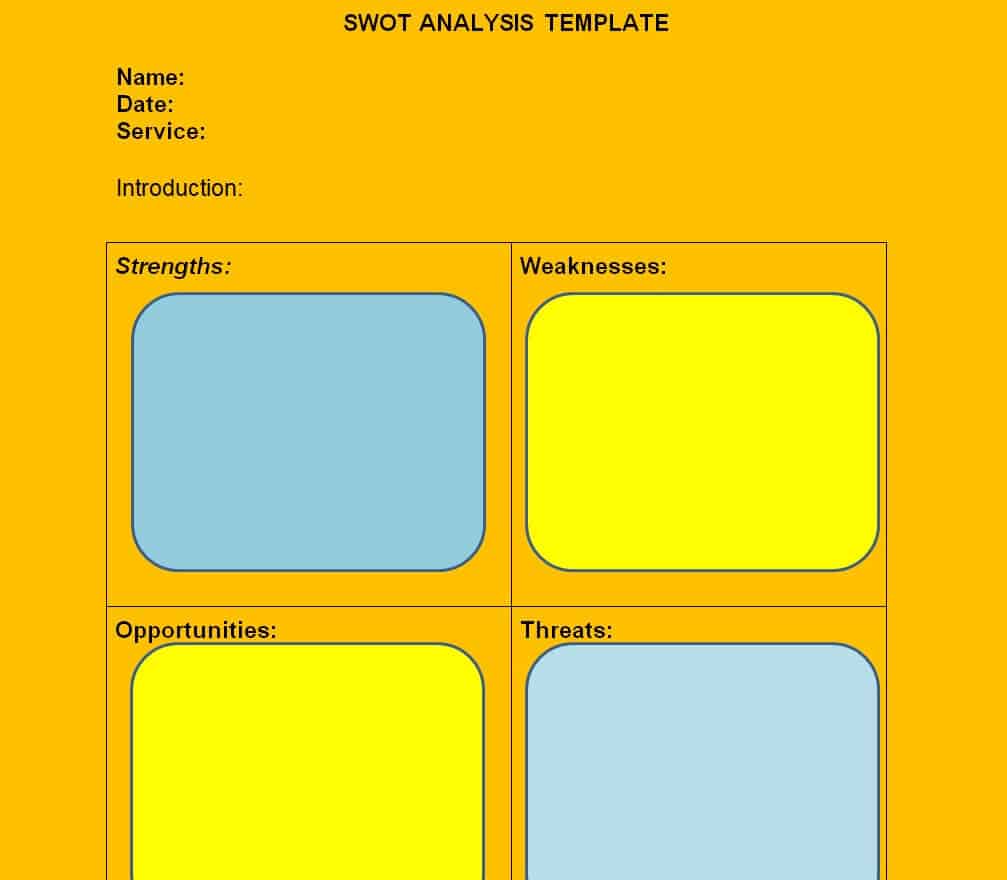
File Size: 18 KB
Components of a Perfect SWOT Analysis
As mentioned earlier, the SWOT analysis consists of Strengths, Weaknesses, Opportunities, and Threats. In every decision or project or task, these are some key factors that help you make strategic and effective decisions. If you manage to evaluate and analyze all these components in a proper way, then you will be able to make effective decisions for your company.
The first two components i.e., strengths and weaknesses are commonly internal factors and are mostly under the control of the organization. However, the other two components i.e., opportunities and threats are external factors and are mostly out of the control of the organization like the business opportunities, the market factors, or introduction of some new laws, etc.
In order to understand each component in a better way, some questions are given below for every single component. These questions are helpful in evaluating every single component of the SWOT analysis and thus the overall situation.
Strengths:
These are the powers and abilities that an organization has. As mentioned earlier, the strengths are an internal factor and are totally controllable by the entity. The following can be some important questions in order to assess your business’s strengths:
- What are the entity’s internal resources?
- In what areas the entity has expertise or does best?
- What are the company’s manufacturing capabilities?
- What are the advantages that your company has over its competitor(s)?
- Does the company have powerful research and development capacity?
- If there are some other positive features of your organization that add value?
Weaknesses:
Every entity or organization has weaknesses. Some of them can be overcome but there are some deficiencies or weaknesses that can be improved but can’t be completely removed. Below is a list of questions that can help you identify your business’s weaknesses:
- What are the areas or factors that place your business at a competitive disadvantage and can be enhanced or improved?
- What are some major deficiencies of your business?
- What areas need improvement if you want to compete with your strongest competitor?
- Is the location or the site of your business is having a negative impact on your business?
- Is your workforce capable enough to meet the challenges of competing with other businesses?
Opportunites:
The opportunities are external factors that are not under your control. However, these are external factors from which your business can take advantage and ultimately grow. Check the given below questions that you can use to evaluate the different opportunities available to your business:
- What are the opportunities or chances in the market of your business from which you can get the benefits?
- Do the people or customers have a positive opinion about your business?
- Are you aware of any recent changes in your business industry or market that might create new opportunities for your business?
- What else you can offer that your competitors are not offering yet? e.g., providing online services or offering discounts, etc.
- Are there new skills that your workforce can learn so as to have a competitive advantage?
Threats:
Threats are also external factors that every company or business has to face. Again, these are not under your control and you have to develop strategies so as to minimize such threats or risks. Following are some questions that you can use to analyze the threats or risks to your business:
- Are you aware of the threats that might put your business at risk?
- What are the factors or threats that can affect your marketing campaigns?
- What are your potential competitors?
- Are there any uncontrollable events, risks, factors, or challenges that might lead to a significant decrease in profits or revenues? e.g., change in government policies or laws.
- Are you and your workforce aware of any changes in trends, consumer behaviors, or purchasing behaviors?
- What are the areas or factors that place your business at a competitive disadvantage and can be enhanced or improved?
- What are some major deficiencies of your business?
- What areas need improvement if you want to compete with your strongest competitor?
- Is the location or the site of your business is having a negative impact on your business?
- Is your workforce capable enough to meet the challenges of competing with other businesses?
- Has the technology or work techniques you are using become obsolete or outdated?
More SWOT Analysis Templates
Typical Business SWOT Analysis WORD Template
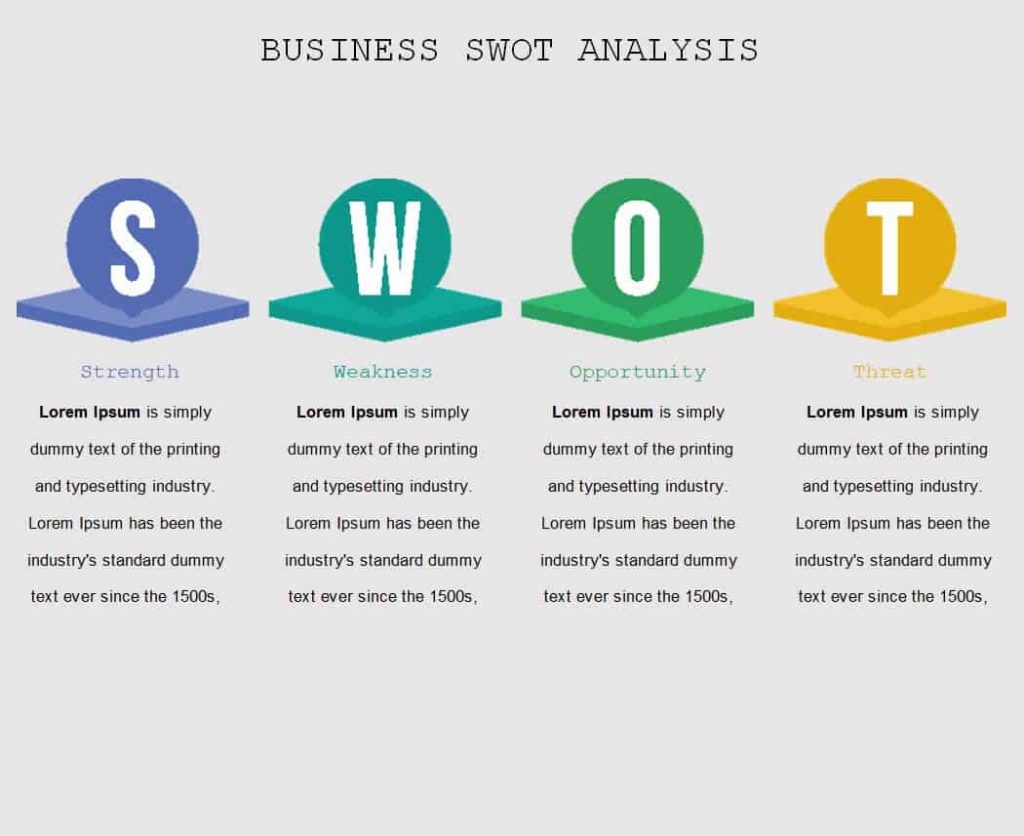
File Size: 24 KB
Business Planning SWOT Template
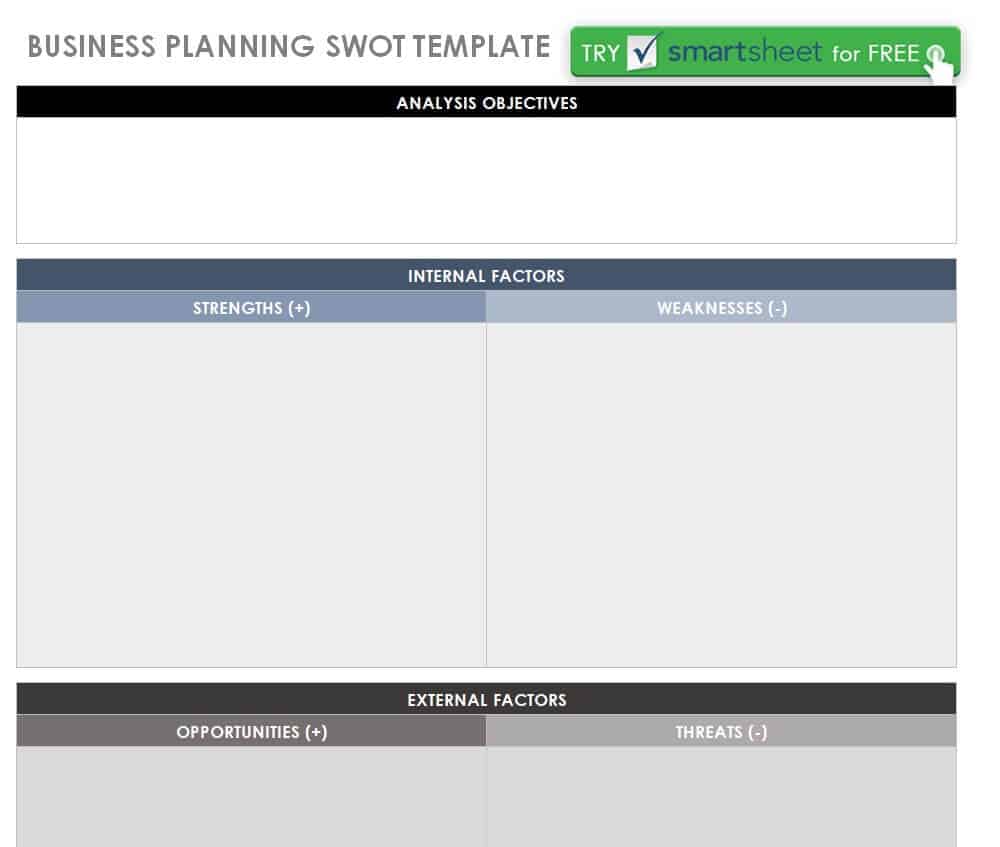
File Size: 36 KB
Printable SWOT Analysis Template Online
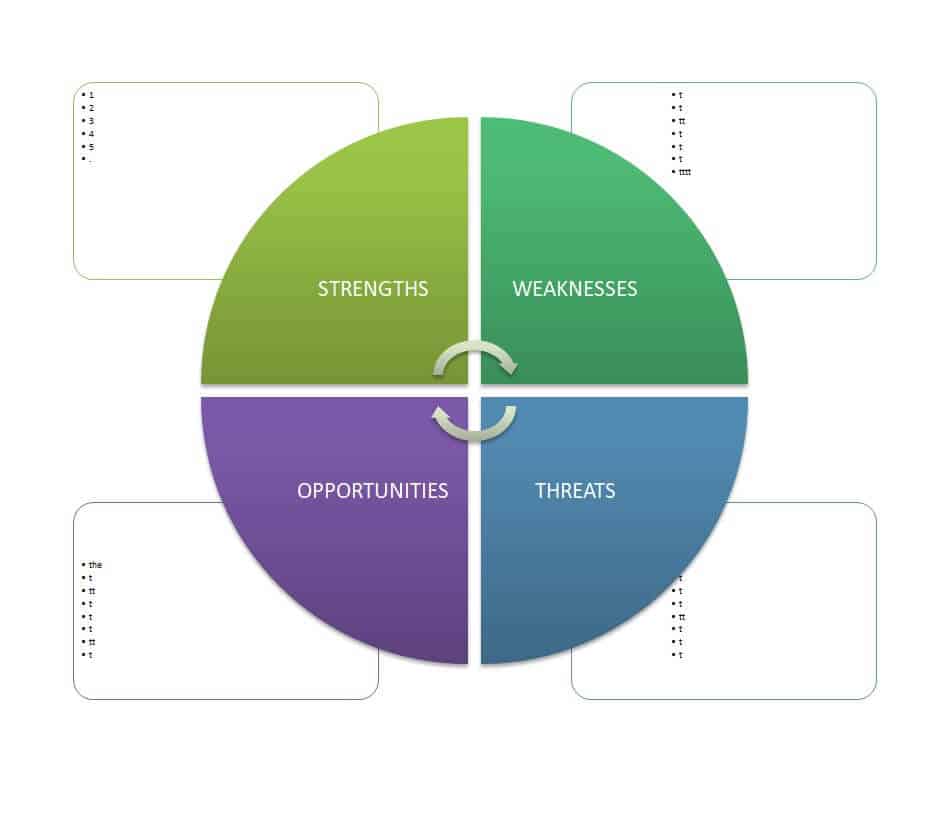
File Size: 30 KB
Catchy SWOT Analysis Template in DOC Format
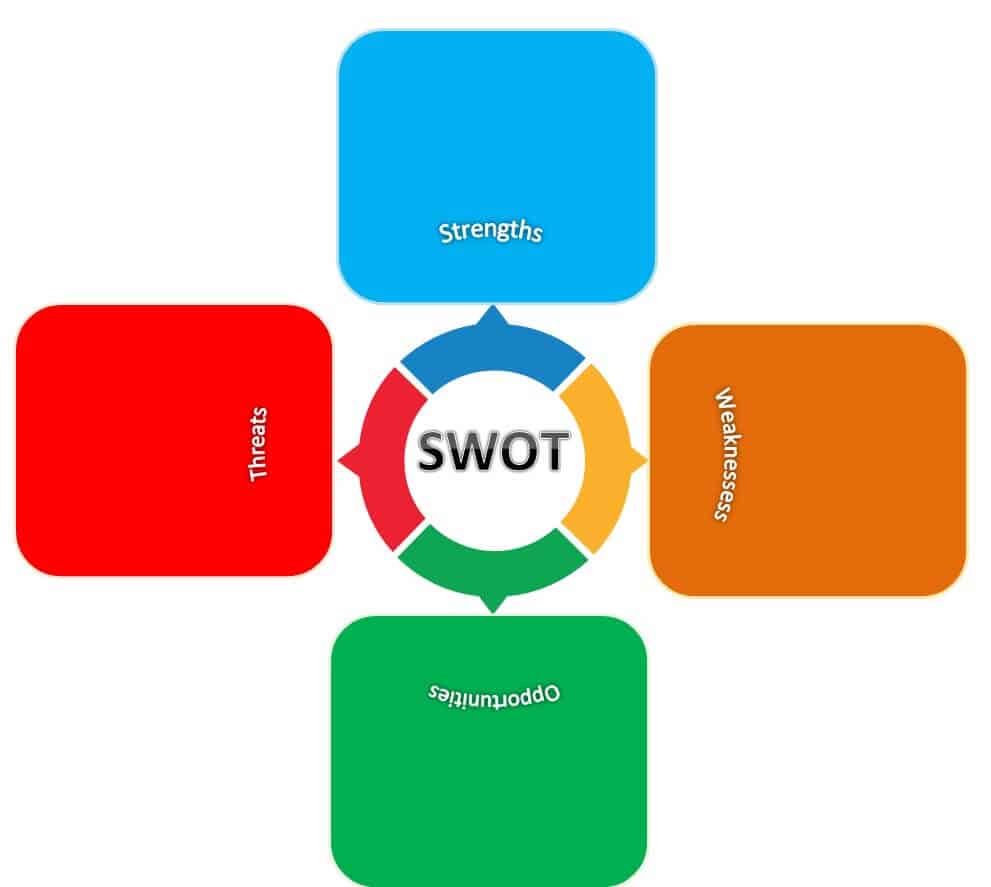
File Size: 33 KB
Project SWOT Analysis Template
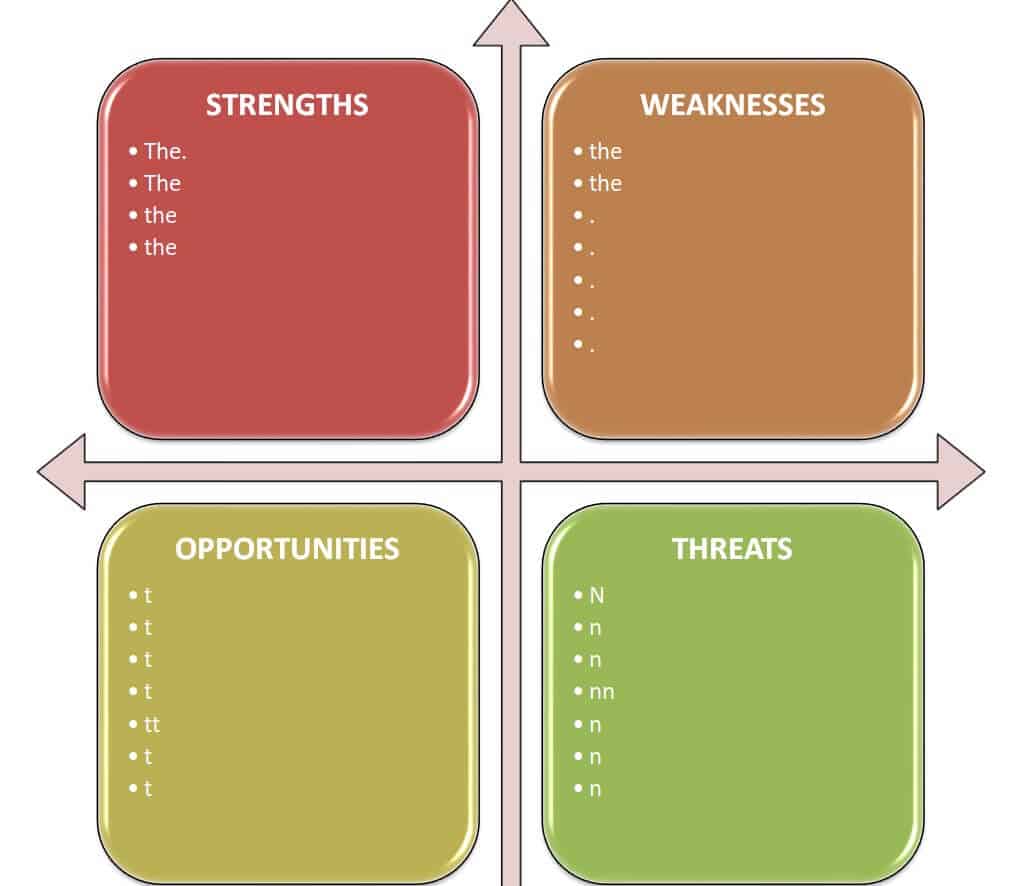
File Size: 23 KB
Editable SWOT Analysis Template with Summary
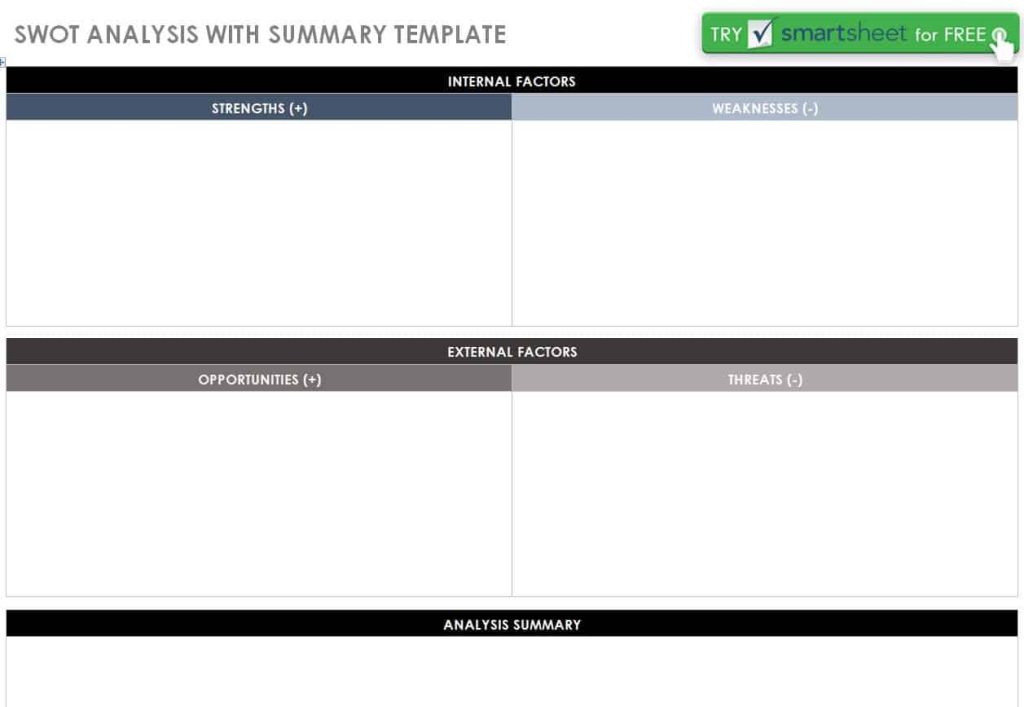
File Size: 37 KB
Project SWOT Analysis Template
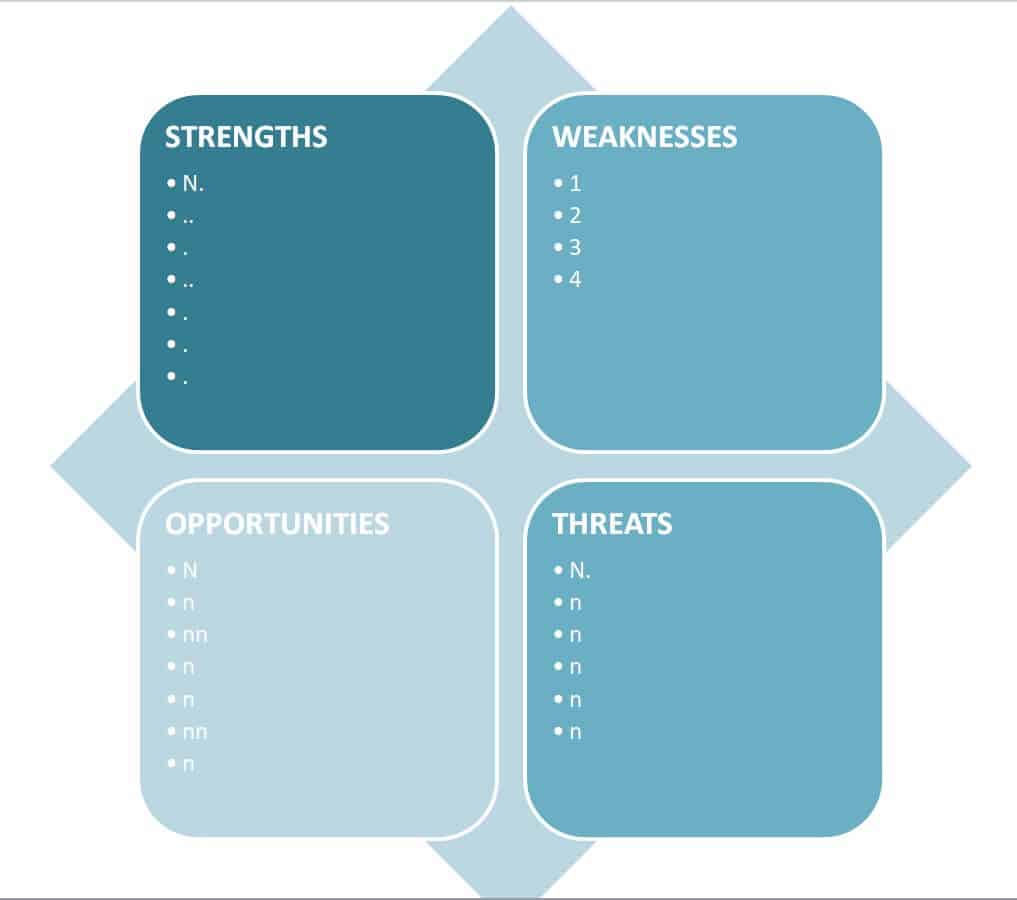
File Size: 23 KB
Organization’s SWOT Analysis Template
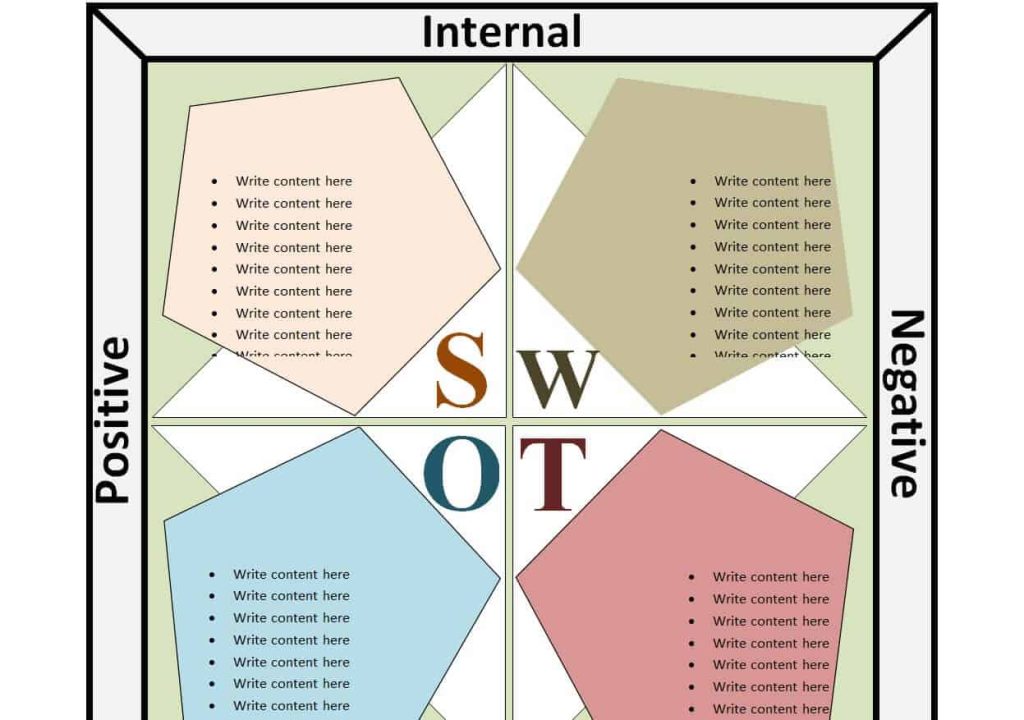
File Size: 44 KB


